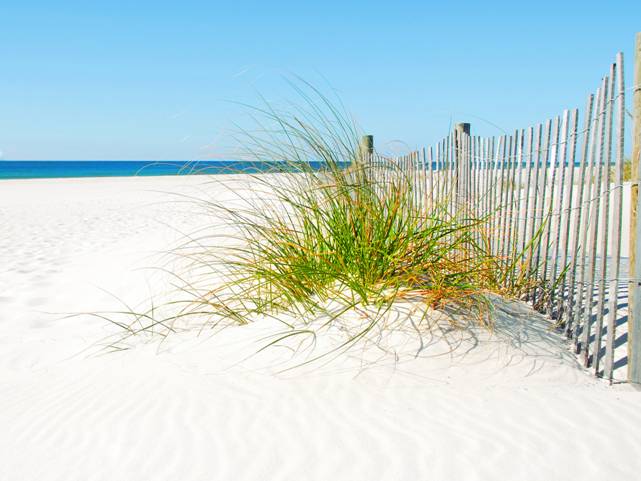
Salty Sam’s Fun Blog for Children
Post Number 69
Sunken Wrecks
Hello Everyone
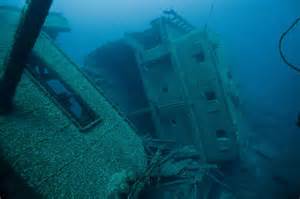
l live on a very rocky coastline and for hundreds of years ships in these parts have floundered and sunk beneath the waves.
lf a ship or even an aeroplane sinks under the water, something happens to it.
lt becomes a sort of seabed city!
lt becomes covered in seaweed and barnacles and animals go to live inside it. lt becomes what we call colonized.
The wooden parts of the wreck dissolve over time in the water, but the metal parts remain.
The wreck becomes like an artificial reef, or group of rocks. The surface gets covered in sea urchins and groups of mussels and other shellfish.
There are lots of little hidey holes that creatures can hide away in so they can’t be seen. They make their homes there and bring up their families.
Creatures like crabs and lobsters and octopuses that can scrunch up into tiny places and lots of different types of fish too like to live in these wrecks.
Different wrecks in different parts of the world attract the different kinds of wildlife that live in the seas in those places.
A lot of people scuba-dive as a hobby and like to explore these sunken wrecks when they go on holiday. ln fact, unwanted ships have been deliberately sunk in order to create tourist attractions for diving holidays!
Scientists also like looking at these wrecks because they like to observe which creatures move into the new environment first, and then see how long it takes for others to move in as time goes by.
They sometimes find out, for example, that there are materials used in the modern world that are bad for wildlife and then people can stop using them; like marine paint that is too poisonous.
Of course, what everyone wants to find when they dive down to the ocean floor is sunken treasure!
Sometimes people get lucky! ![]()
Bye bye everyone – don’t forget to subscribe to my blog!
Love and kisses
Salty Sam

www.christina-sinclair.com

Bill and Bob’s Joke of the Week![]()
![]()
Bill: What did the sardine call the submarine as it went past?
Bob: l don’t know. What did the sardine call the submarine as it went past?
Bill: A can of people!

Salty Sam © Christina Sinclair 2015
Unauthorized use and/or duplication of material from this blog without express and written permission from this blog’s author and owner is strictly prohibited.
Links may be used to www.christina-sinclair.com

Picture Gallery
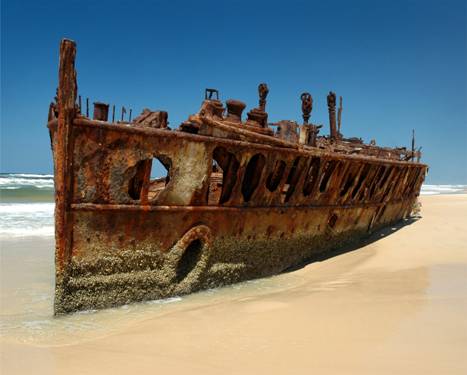
The metal parts of a wrecked ship last the longest
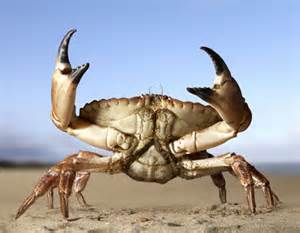
A crab
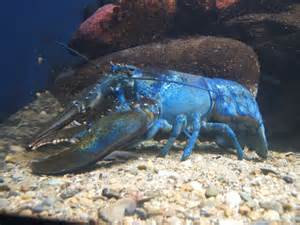
A lobster

A coral reef
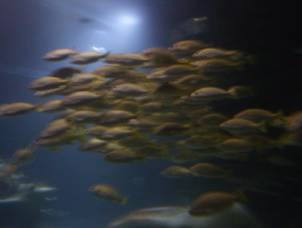
Shoals of fish swim around wrecks
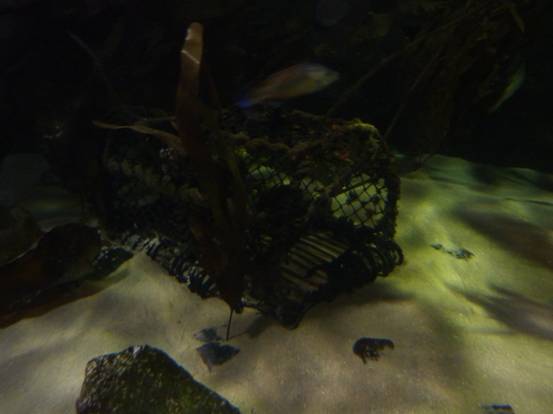
Any object, like this lobster pot, can be colonized
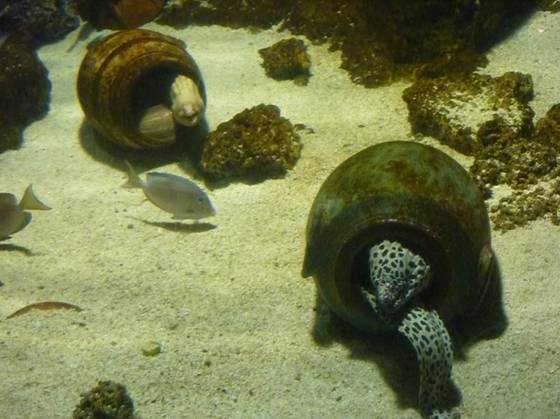
These moray eels are reef dwellers
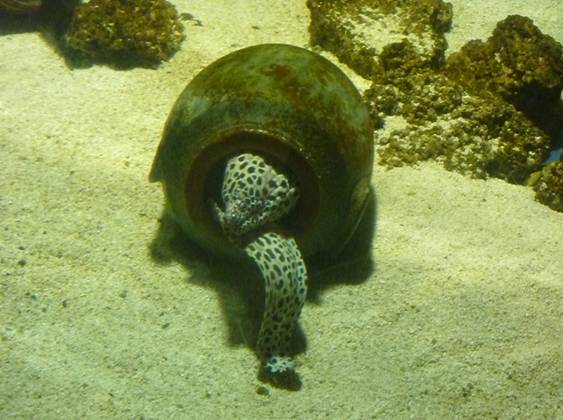
This moray eel likes to tuck itself into a hidey hole when it is resting
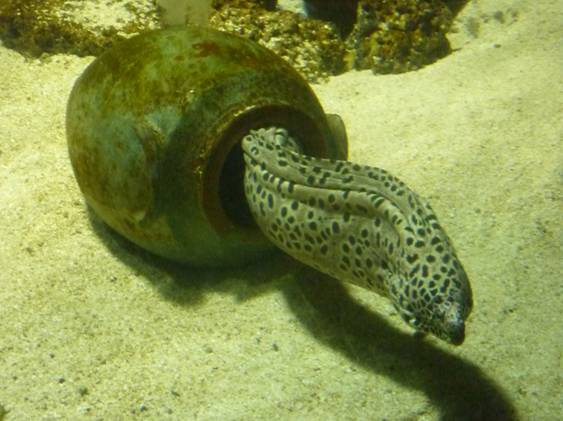
A moray eel emerging from its lair
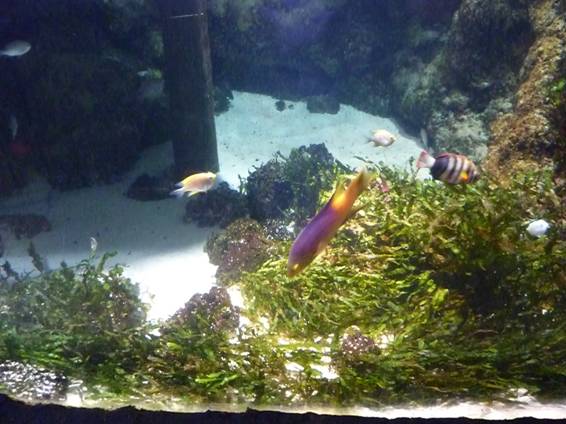
Sand fills the lower levels of the wreck
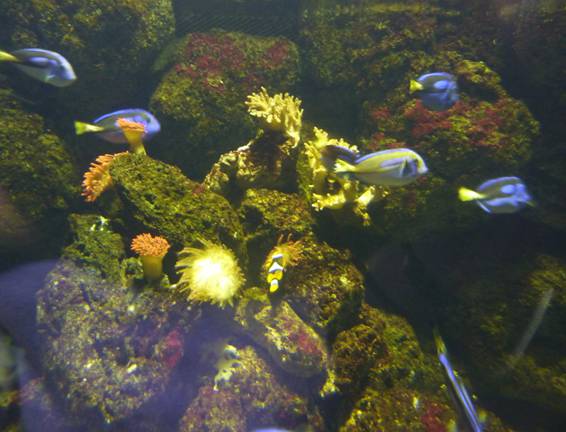
Corals and anemones cover the structure
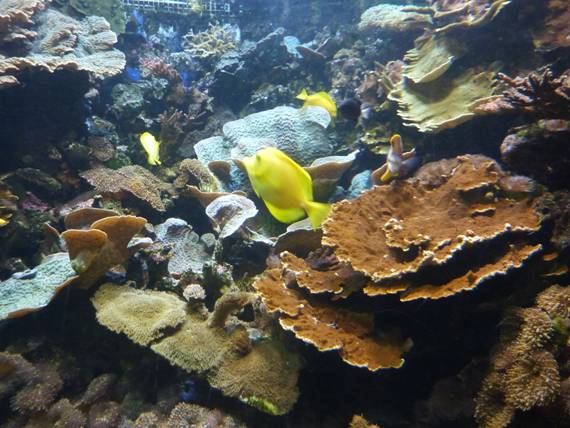
Fish colonize the new reef
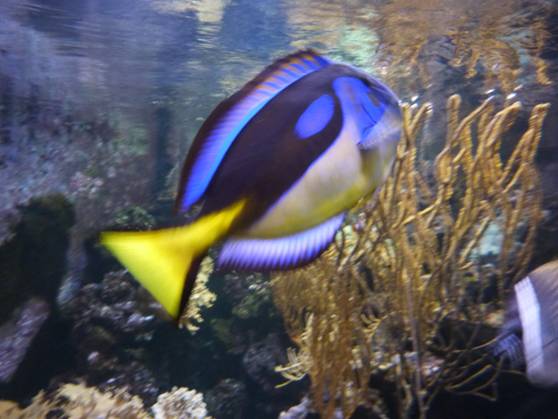
A blue tang
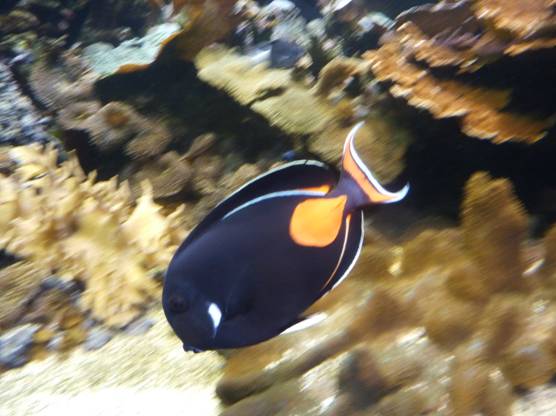
An Achilles tang
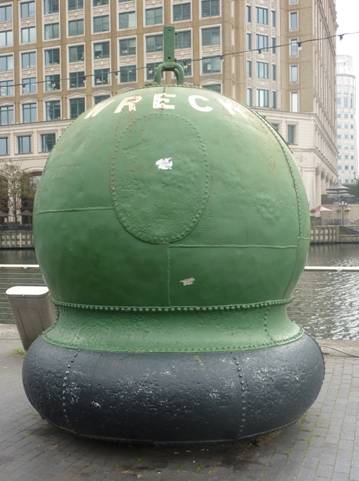
A wreck marker
This is a buoy that floats on the surface of the sea to warn boats of a wreck underneath

 THE SALTY SAM NEWS DESK
THE SALTY SAM NEWS DESK

Bill, Bob and Henry have made you a word puzzle to work out this week and here it is. Henry often comes round to Bill and Bob’s house to do his homework.
They are his study buddies!
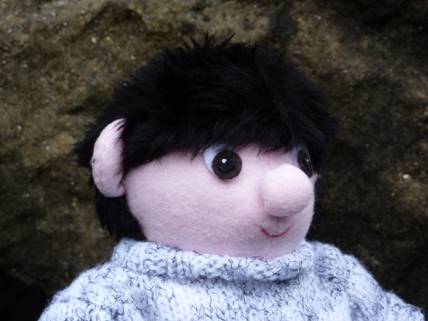
Henry
Can you get from ship to an object sometimes found in sunken treasure by changing just one letter each time?
SHIP
- To slide accidentally on the ice
- A game when you jump over a rope
- It covers your body
- To turn around quickly
- The front part of your leg under your knee
- The bottom of a face
- Sometimes found in buried treasure
_ _ _ _


*********************
*********************


Hobby Time
This is how you can turn an old sink or large flower pot into an alpine garden; they can look very much like the seabed of the ocean with their rocks and gravel.
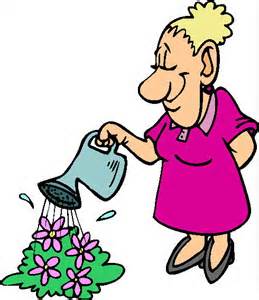
You need to use a shallow holder for your plants; like an old sink, a stone trough (pronounced troff) or an alpine pan – an alpine pan looks like a low, wide flower pot.
Put it where you want it to be before you fill it because it will be heavier when it is full. Of course, if it is a really big container you will need to employ an adult to help you.
Small containers need to have drainage holes in them and you should cover the holes with broken crocks or a layer of stones. This is because you will want any excess (too much) water to drain away, but you do not want any soil to fall out of the drainage holes.
lf it is a large container with large stones in the bottom, you might want to put in a fine plastic mesh at the very bottom to stop any compost or grit washing out of the bottom holes.
Fill the container with equal parts of grit and peat-free potting compost.
You can plant any kind of alpine plant or succulent – sempervivum (or house leek), phlox, saxifrage, or sedum are easy ones to start off with.
When succulents flower, they can look like the structure and colour of a coral ‘garden’.
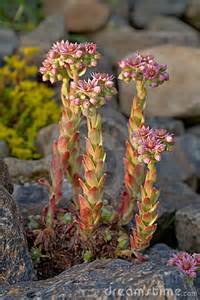
Flowering house leeks
Don’t plant you plants too deeply, and leave space between them because they will need room to spread.
You could also leave a gap in the middle for your doll or teddy to sunbathe because it will look like a miniature garden that is just the right size for them. ![]()
The flowers these plants produce are tiny but very pretty.
Put little rocks between the plants if you want to and then put a layer of grit over the garden – this is called ‘top dressing’ in gardening speak.
This kind of garden can take the sun, cold and wind but it will not be able to stand being wet. The alpine plants won’t like really baking hot sun for long periods of time but succulents do quite like hot, dry weather.
Remember alpine plants grow on mountain sides in the wild, so you have to make a similar kind of habitat (living conditions) for them to be happy. There is good drainage on a mountain side because the rain runs down the slopes and away from the plants. So these are the kind of conditions you have to create in your alpine garden.
lf you get confused about how to treat plants, keep the plant labels which come in the pot when you buy your plants to remind you what they are and how to care for them.
Plant plants that like similar growing conditions together.

BLOW MY FOGHORN!!!
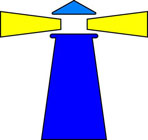
PLUS
Salty Sam fans can join in with their comments and share them with children all over the world. You will need permission if you are not an adult.
Enter your e-mail address to subscribe to my blog and receive new Salty Sam Blog Posts for free by e-mail every week. Your address will be kept private and will not be shared with any third party.
Sign me up at the side bar



lt’s the Weekend!

HOW TO MAKE A BLACKWORK PlCTURE
Black work is a type of embroidery using black thread on a light coloured background.
Scarlet work is the same but uses red threads. It is a very old hobby and was very popular when Henry VIII was king.
You have to use plain weave or even weave fabric so that you can count the threads in the fabric and know where to put your needle. The threads correspond to the blocks on the graph-paper type background you have on black work stitch patterns.
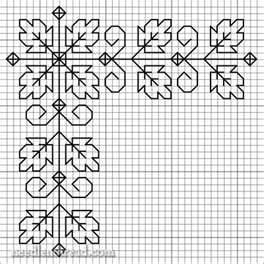
You can draw your own picture and fill in the shapes using random stitches called ‘seed stitches’ or stitch patterns that are traditionally used in black work. Some black work designs don’t have outlines but it is best to use them when you are a beginner.
You use 2 strands of embroidery thread for your outlines and 1 for your fills. If the patterns look complicated, remember the stitching is only really back stitch so when you are beginning you need to just choose a simple design so that you will be able to cope with it.
A simple technique; but the effects can be stunning.
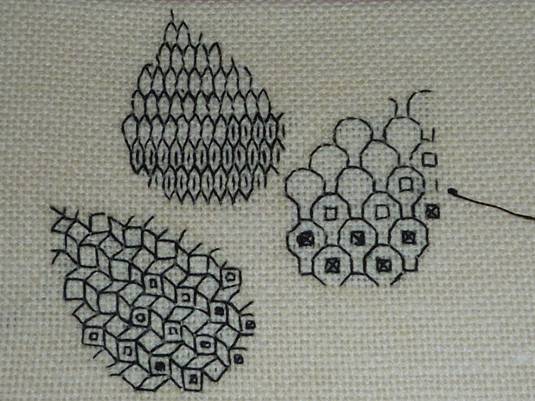
There are lots of books about black work that contain ideas for pictures and have lots of stitch charts and so you can choose whichever designs you like the most for your picture. If you don’t want to buy a book until you know that you will enjoy doing blackwork, borrow one from a library for some ideas to get you started.
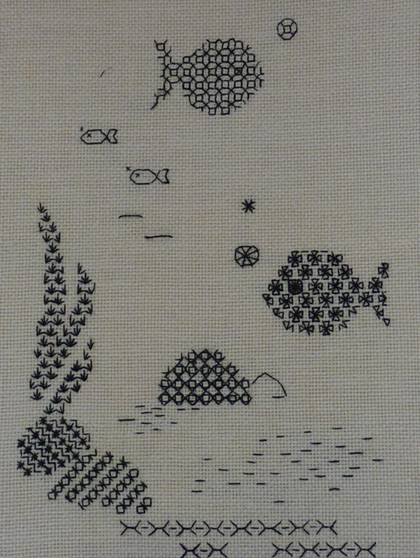
TIP
If you ever find that you are getting lost on a pattern for embroidery or knitting, then you can use sticky notes to keep your place and you can keep moving them down to a new place as you work – they don’t slip about by themselves like a ruler can.
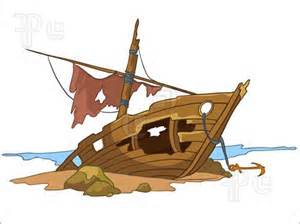

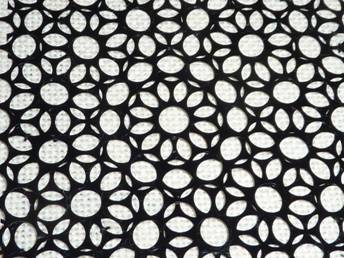
Panels of sequin waste can make interesting shapes and can be used in crafting
Please note that the material on this blog is for personal use and for use in classrooms only.
It is a copyright infringement and, therefore, illegal under international law to sell items made with these patterns.
Use of the toys and projects is at your own risk.
©Christina Sinclair Designs 2015
Answers to the News Desk Quiz
SHIP
- To slide accidentally on the ice SLIP
- A game when you jump over a rope SKIP
- It covers your body SKIN
- To turn around quickly SPIN
- The front part of your leg under your knee SHIN
- The bottom of a face CHIN
- Sometimes found in buried treasure COIN



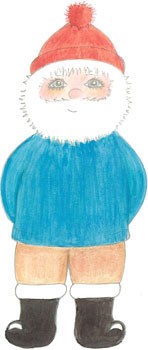
Great blog you have here. Thanks for sharing. Different from all the others and great content.
Thank you for writing in Alan. l appreciate it. 🙂